How to Care for a Jade Plant the Right Way: 7 Key Tips
How to care for a jade plant is easier than most people think—this hardy succulent needs just the right mix of sunlight, water, and soil to thrive. Native to South Africa, Crassula ovata is well-known as a “good luck plant” and can live for decades with proper care. According to the Royal Horticultural Society, jade plants are among the most resilient indoor succulents, making them perfect for beginners. Follow these 7 key tips to keep your jade healthy, vibrant, and long-lasting.
Table of Contents
Table of Contents
Why Jade Plants Make Great Houseplants
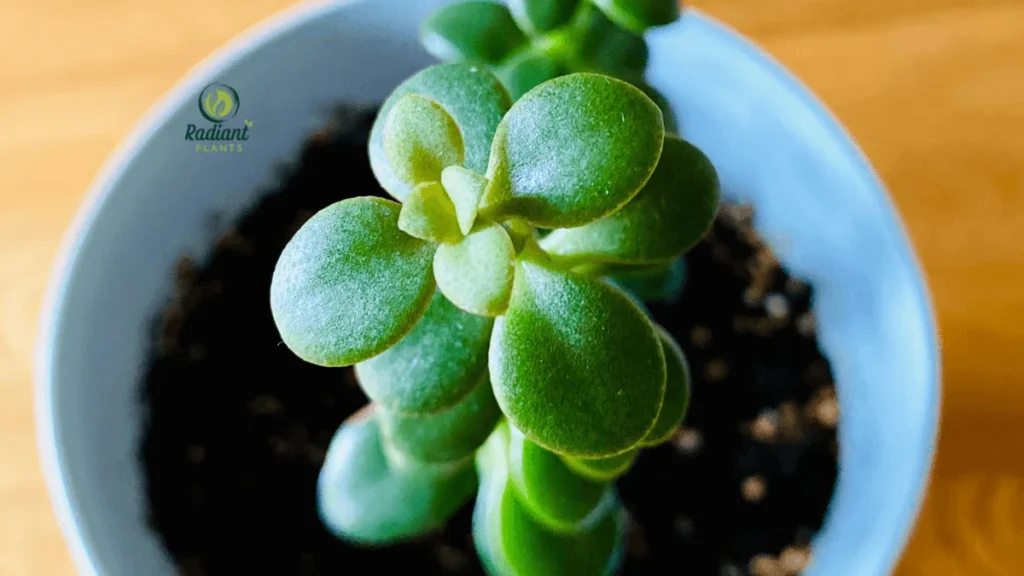
Jade plants are one of the most beloved houseplants worldwide, and it’s easy to see why. When people search for how to care for a jade plant, they’re often surprised to learn how forgiving and long-lasting this succulent can be. Beyond their appealing looks, jade plants carry deep cultural symbolism and practical benefits, making them a smart choice for both beginner and seasoned plant lovers.
Origin and Symbolism of Jade Plants
The jade plant (Crassula ovata) originates from South Africa and Mozambique, where it naturally grows in rocky, dry landscapes. Its fleshy leaves allow it to store water, a survival mechanism that also makes it one of the easiest succulents to grow indoors. Understanding its origin helps explain how to care for a jade plant—it thrives when you replicate its sunny, well-drained natural habitat.
Culturally, jade plants hold a strong reputation. In Feng Shui, they are often referred to as the “money tree” or “good luck plant.” Their round, coin-shaped leaves symbolize prosperity, wealth, and growth. For this reason, jade plants are popular gifts for housewarmings or business openings.
- Symbolism in Feng Shui: believed to attract fortune and good energy.
- Gift traditions: often given to encourage success and longevity.
- Life span: jade plants can live for decades, sometimes passed down through families.
The Royal Horticultural Society (RHS) notes that jade plants are not only resilient but also valued for their symbolic and decorative qualities. Learning how to care for a jade plant ensures it will remain a meaningful, thriving feature in your home for years.
Benefits of Growing Jade Indoors
Aside from symbolism, jade plants bring many practical advantages when grown indoors:
- Low Maintenance for Beginners
- Ideal for those new to succulents, jade plants don’t need daily care.
- Their ability to store water reduces the risk of wilting if a watering is missed.
- Air-Purifying Qualities
- Like many succulents, jade plants contribute to better indoor air.
- NASA studies highlight how indoor greenery can reduce pollutants and improve mental well-being.
- Adaptable to Indoor Spaces
- They grow well in bright rooms, especially near south-facing windows.
- With the right sunlight, knowing how to care for a jade plant indoors is straightforward and rewarding.
- Stylish and Decorative Appeal
- Their glossy, oval leaves and tree-like form bring elegance to any room.
- They fit seamlessly into modern, minimalist, or traditional interiors.
- Longevity and Emotional Value
- A well-cared jade can live for generations, becoming a family heirloom.
- Many owners share stories of jade plants passed down for decades, adding emotional meaning.
How to Care for a Jade Plant – 7 Key Tips
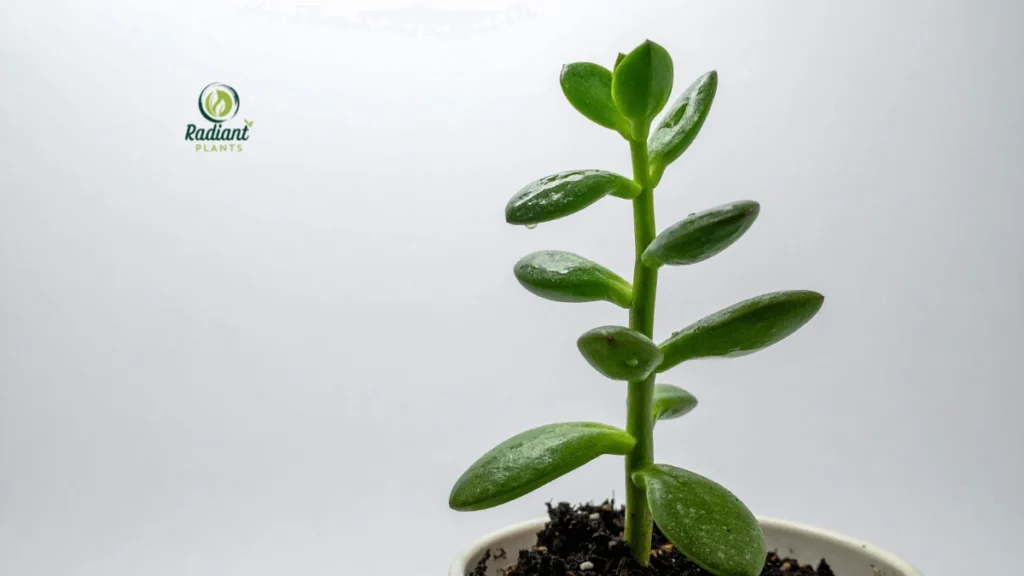
Caring for jade plants is straightforward once you understand their natural needs. By following these 7 key tips, you’ll create the right environment for your plant to thrive indoors or outdoors. Each practice reflects expert advice from horticulturists and ensures your jade grows strong and healthy.
1. Provide the Right Amount of Sunlight
Jade plants love bright, direct sunlight. Ideally, place them near a south-facing window where they can soak up at least 4–6 hours of light daily. If you live in a hot climate, protect them from harsh afternoon rays, which can scorch their leaves. Outdoors, jade plants thrive in partial to full sun but should be acclimated slowly to avoid sunburn.
Signs of sunlight issues are easy to spot:
- Too much light: leaves turn red or scorched.
- Too little light: stems grow long and leggy, and leaves lose their glossy look.
According to the University of Florida IFAS Extension, providing balanced light is one of the most important aspects of learning how to care for a jade plant indoors.
2. Water Sparingly but Consistently
One of the most common mistakes in jade plant care is overwatering. Since jade plants are succulents, they store water in their leaves and stems, meaning they require less frequent watering than other houseplants.
- Spring & summer: water once every 2–3 weeks, letting soil dry completely between watering.
- Fall & winter: reduce watering to once a month or less, as the plant enters a semi-dormant stage.
Overwatering causes root rot, while underwatering leads to shriveled, wrinkled leaves. Gardeners with decades of experience stress that checking the soil with your finger—watering only when dry—is the safest method.
3. Use Well-Draining Soil
Jade plants thrive in sandy, fast-draining soil. A cactus or succulent mix works best because it prevents water from pooling around the roots. For a DIY option, combine:
- 2 parts potting soil
- 1 part coarse sand
- 1 part perlite or pumice
The Royal Horticultural Society highlights drainage as essential for jade longevity. Poor soil is often the hidden cause behind many plant health problems, so if you want to master how to care for a jade plant, start with the right soil mix.
4. Choose the Right Pot
A jade plant’s pot makes a big difference in its long-term health. Always choose a container with drainage holes to prevent waterlogging. Terracotta pots are recommended because they allow soil to dry faster and mimic the plant’s natural environment.
Plastic pots can hold too much moisture, which increases the risk of root rot. If you must use plastic, be extra cautious with watering. Experienced growers note that repotting every 2–3 years helps refresh the soil and keeps the jade’s root system strong.
5. Fertilize Occasionally
Jade plants don’t need much fertilizer, but they do benefit from light feeding during the growing season. Use a balanced, water-soluble fertilizer (10-10-10 or 20-20-20) diluted to half strength.
- Apply once a month in spring and summer.
- Stop feeding in fall and winter, as the plant naturally slows its growth.
Overfertilizing can burn the roots, so less is more. According to horticultural experts at Clemson University, fertilizing jade plants sparingly supports steady, healthy growth without overwhelming them.
6. Prune and Shape Your Jade Plant
Pruning helps maintain a compact, attractive shape and encourages bushier growth. Use clean, sharp scissors to trim leggy stems in spring or early summer. Removing dead or damaged leaves not only improves appearance but also supports new growth.
Some gardeners even train jade plants into bonsai-like forms, showcasing their tree-like structure. Case studies from indoor plant forums show that consistent pruning over several years results in fuller, more balanced plants.
7. Watch for Common Problems
Even hardy jade plants face occasional issues. Being proactive ensures problems don’t spread.
- Yellowing leaves: usually caused by overwatering.
- Wrinkled leaves: sign of underwatering.
- Pests: mealybugs and spider mites are the most common. Wipe leaves with diluted rubbing alcohol or neem oil to manage infestations.
- Dropping leaves: often a stress response to sudden changes in light, water, or temperature.
The University of Minnesota Extension emphasizes careful observation as part of how to care for a jade plant effectively. Quick action prevents minor issues from becoming serious.
Extra Tips for Thriving Jade Plants
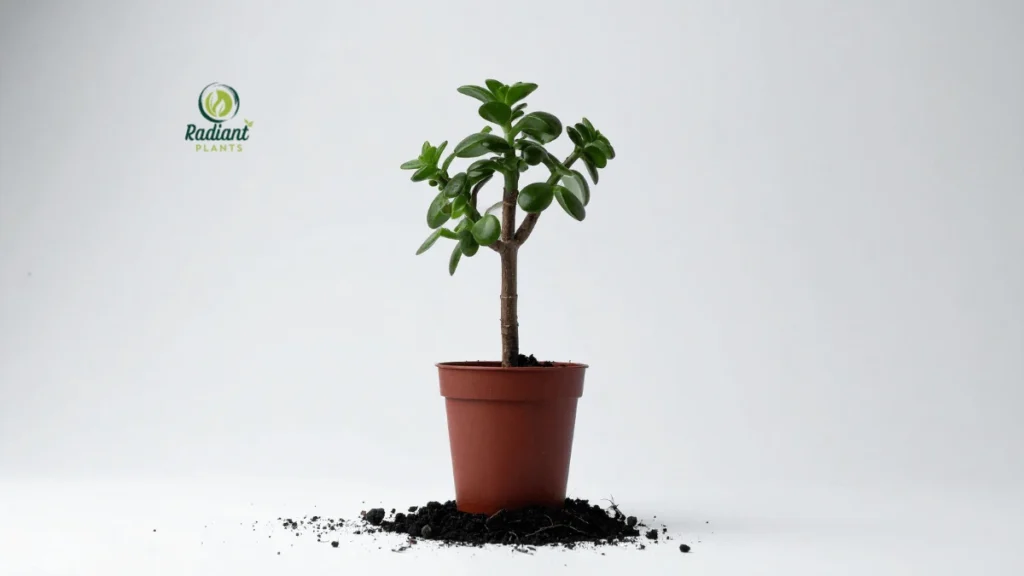
Even after learning the essentials of how to care for a jade plant, there are extra steps you can take to ensure your plant not only survives but thrives for decades. These tips cover propagation, seasonal adjustments, and insights into their remarkable longevity. Incorporating these strategies reflects best practices shared by horticultural experts and experienced succulent growers.
Propagation from Cuttings
One of the most rewarding aspects of jade plant care is propagation. Caring for jade plant cuttings allows you to expand your indoor garden or share plants with friends. The process is simple but requires attention to detail:
- Select a healthy stem: Choose a mature branch with at least 3–4 leaves. Avoid damaged or diseased sections.
- Allow it to callus: Let the cutting air dry for 1–2 days. This helps prevent rot when planted.
- Planting: Insert the cutting into well-draining succulent soil or a cactus mix with perlite. Water lightly, keeping the soil slightly moist but never soggy.
- Light and temperature: Place the cutting in bright, indirect light. Ideal rooting temperatures are 65–75°F (18–24°C).
According to the Royal Horticultural Society, jade cuttings generally root within 2–4 weeks under proper conditions. Pro tip: Avoid fertilizing the cutting during the first month; young roots are sensitive to nutrients. Propagation not only increases your jade plant collection but also reinforces your understanding of how to care for a jade plant at a deeper level.
Seasonal Care and Winter Dormancy
Jade plants, like many succulents, enter a semi-dormant phase in fall and winter. Understanding seasonal care for jade plants ensures they remain healthy year-round. During dormancy:
- Watering: Reduce frequency significantly—typically once a month or only when soil is completely dry. Overwatering during dormancy is a leading cause of root rot.
- Light: Keep plants in bright, indirect sunlight. If natural light is limited, consider supplemental grow lights to prevent leggy growth.
- Temperature: Protect from drafts, sudden temperature changes, and frost. Ideal temperatures are 55–65°F (13–18°C).
The University of Minnesota Extension emphasizes that adjusting care routines to match seasonal growth cycles reduces stress and supports vigorous growth in spring. Observing dormancy signals, such as slowed leaf expansion or minor leaf drop, is a critical part of mastering how to care for a jade plant effectively.
Longevity: Jade Plants Can Live Decades
One of the most remarkable qualities of jade plants is their longevity. With consistent care, a jade plant can live 30–50 years or more, sometimes becoming family heirlooms. Long-lived plants are often larger, bushier, and more visually striking than younger specimens.
Key factors influencing longevity include:
- Sunlight exposure: Ensure 4–6 hours of bright light daily.
- Watering and soil: Follow a proper watering schedule and use a well-draining soil mix to prevent root rot.
- Pruning: Occasional pruning encourages a bushier, balanced structure.
- Pest management: Inspect for mealybugs and scale insects regularly; treat promptly with rubbing alcohol or insecticidal soap.
Case studies from succulent enthusiasts show that jade plants grown under these conditions thrive for decades, producing thick, glossy leaves and sometimes even flowers in maturity. Maintaining a consistent care routine reinforces the plant’s natural resilience and ensures your knowledge of how to care for a jade plant translates into a long-lasting, thriving houseplant.
FAQ: How to Care for a Jade Plant
What is the best way to water a jade plant?
Water a jade plant sparingly, allowing the soil to dry out completely between watering. Overwatering can cause root rot, while underwatering leads to wrinkled leaves. Following a seasonal watering schedule is essential for healthy growth.
How much sunlight does a jade plant need?
A jade plant thrives in bright, indirect sunlight for 4–6 hours daily. Place it near a south-facing window indoors. Too little light causes leggy growth, while direct, harsh sun may scorch the leaves.
Why are my jade plant leaves turning yellow?
Yellowing leaves usually indicate overwatering or poor drainage. Ensuring well-draining soil and reducing water frequency helps restore leaf color. Occasionally, stress from sudden temperature changes or drafts can also cause leaf yellowing.
When should I fertilize my jade plant?
Fertilize your jade plant during the active growing season (spring and summer) using a diluted, balanced fertilizer. Avoid fertilizing in winter dormancy, as the plant’s growth slows, and excess nutrients can harm roots.
Can jade plants survive in low light conditions?
Jade plants can tolerate low light, but growth will slow, and leaves may become sparse. For optimal health, provide bright, indirect sunlight, or supplement with a grow light during darker months.
How do I propagate a jade plant from cuttings?
To propagate, take a healthy stem cutting, let it callus for 1–2 days, then plant in a well-draining succulent soil mix. Keep it in indirect sunlight and water lightly until roots develop, usually within 2–4 weeks.
What are common pests that affect jade plants?
Mealybugs and scale insects are the most common. Inspect your jade regularly, and treat infestations with rubbing alcohol or insecticidal soap. Proper care and clean conditions reduce the risk of pests.
How long can a jade plant live with proper care?
With consistent care for a jade plant, including proper sunlight, watering, and pruning, it can live 30–50 years or more. Long-lived plants often become heirlooms and grow larger, bushier, and occasionally flower.
Caring for jade plants is simple when you understand their needs for sunlight, watering, soil, and pruning. By following these 7 key tips, you can help your plant thrive, propagate successfully, and even enjoy its longevity for decades. How to care for a jade plant becomes effortless once you implement these expert strategies. Start applying these tips today, and watch your jade flourish—then explore our full guide on indoor succulents to expand your plant collection!

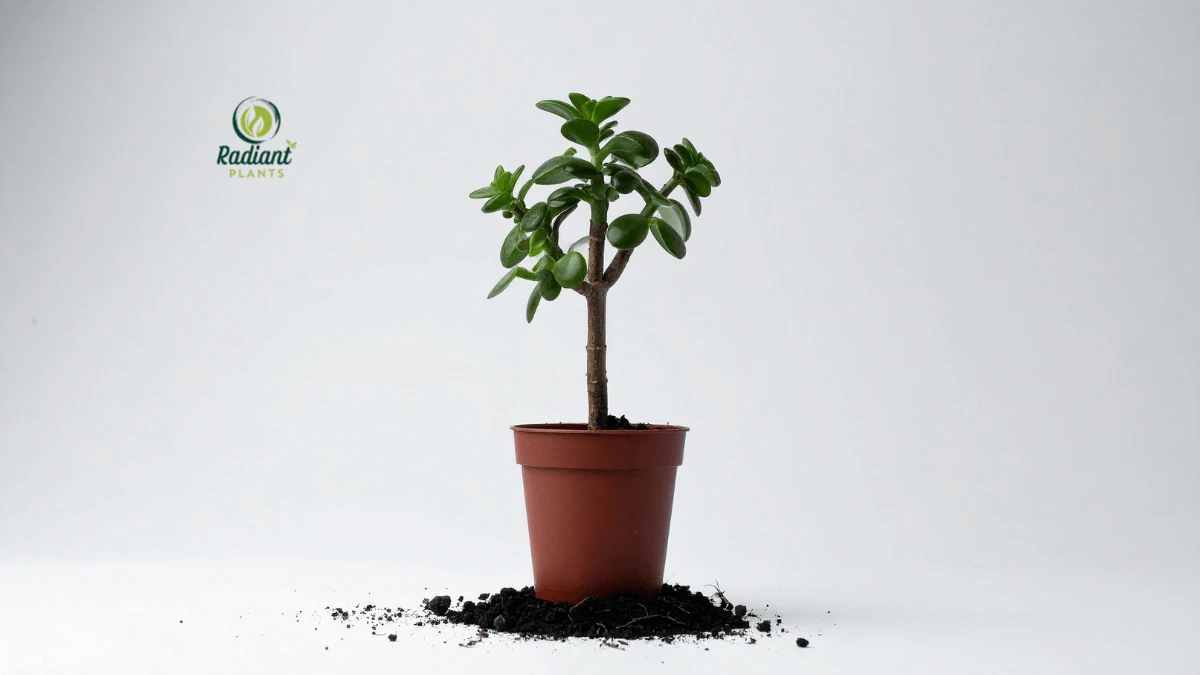

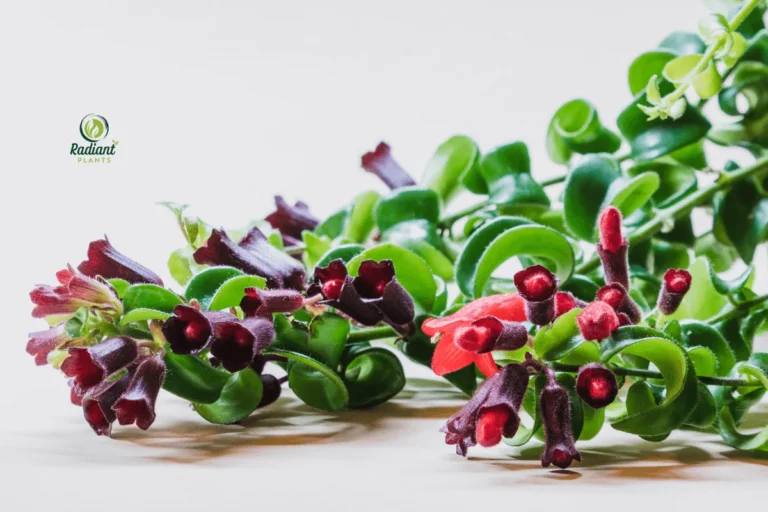
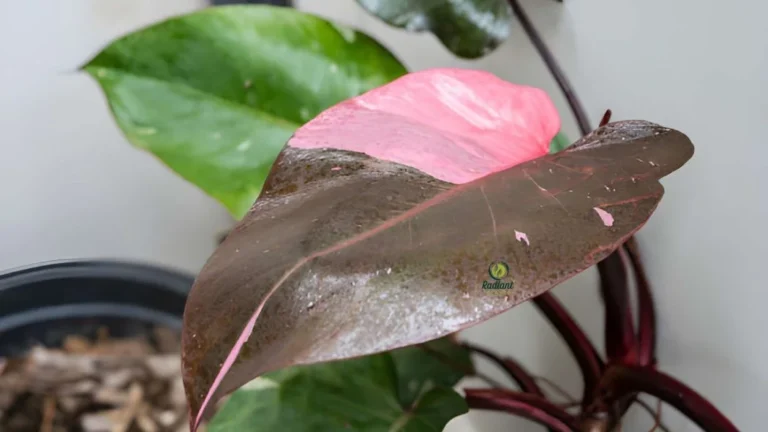

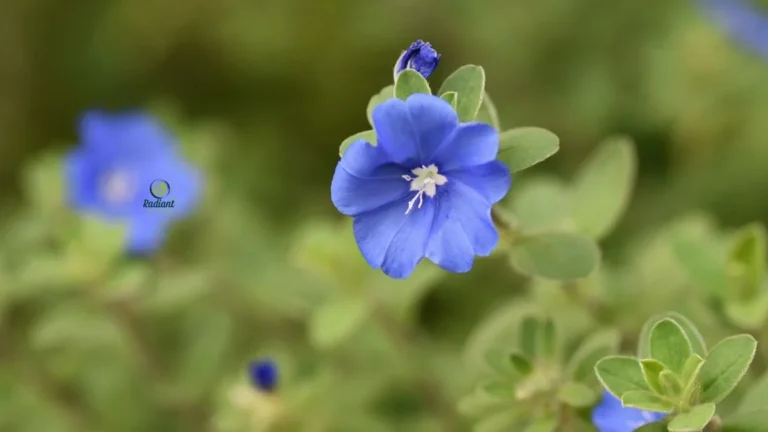
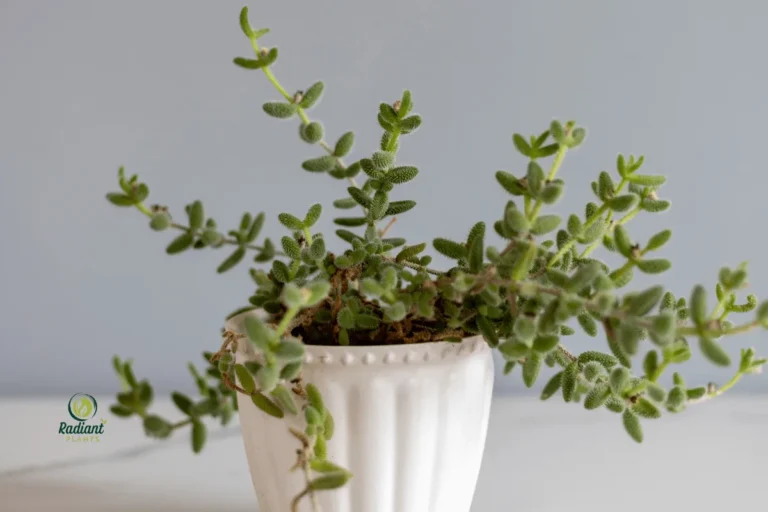
Thanks for sharing. I read many of your blog posts, cool, your blog is very good.
Thank you so much for your kind words! I really appreciate you taking the time to read through my posts. It means a lot to know you’re enjoying the blog, and I’m glad the content resonates with you. I’ll keep working on sharing more helpful and interesting pieces—your support keeps me motivated!